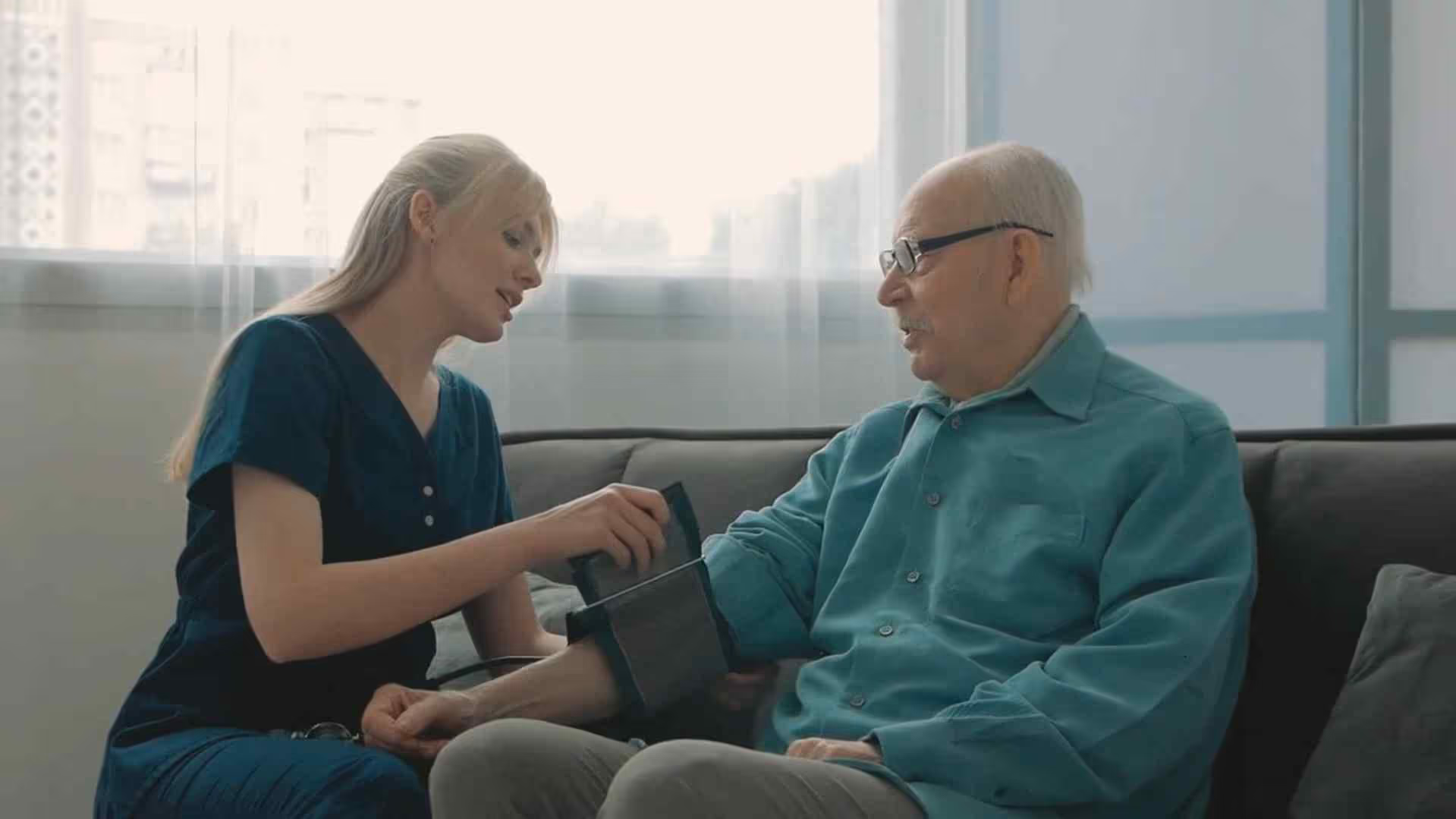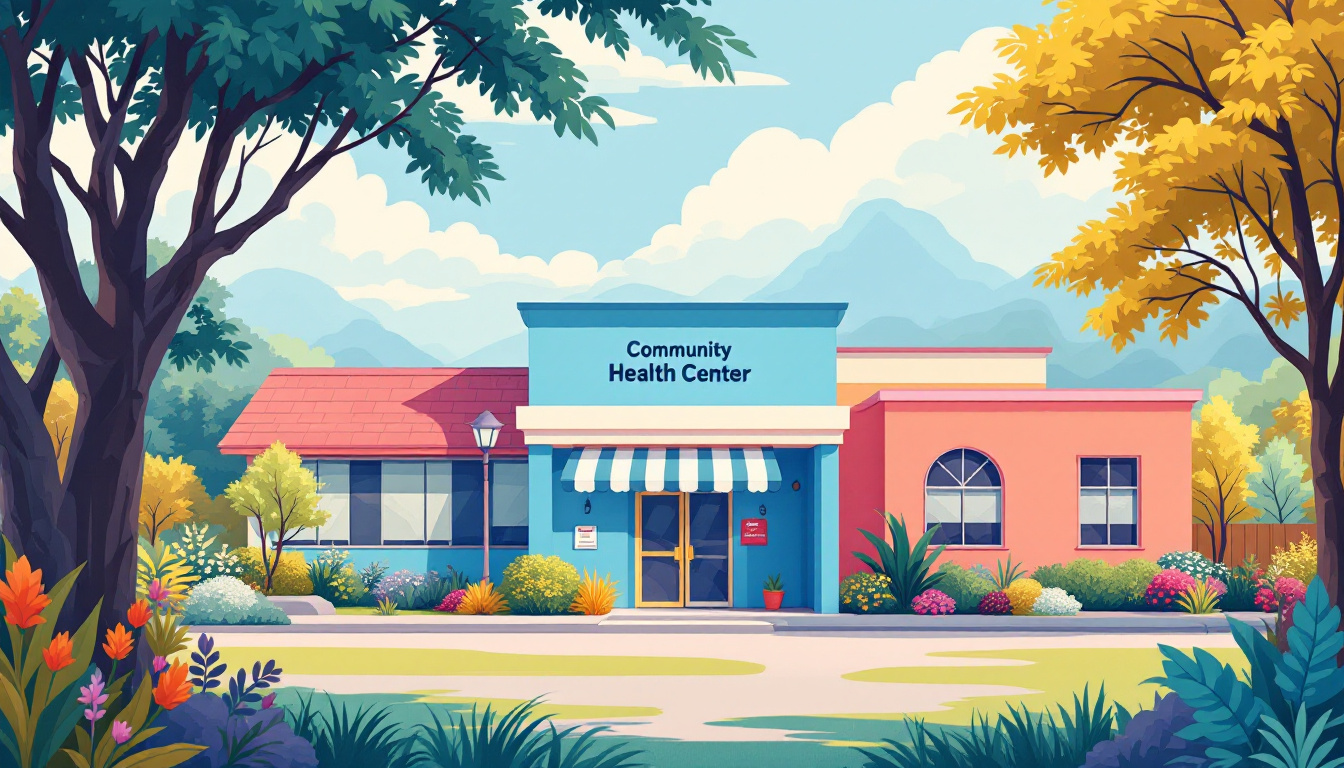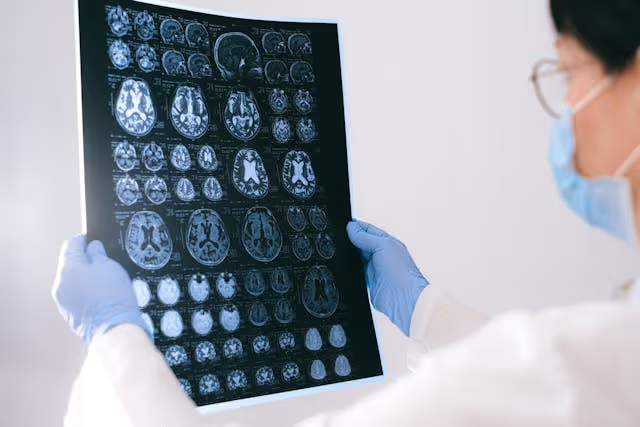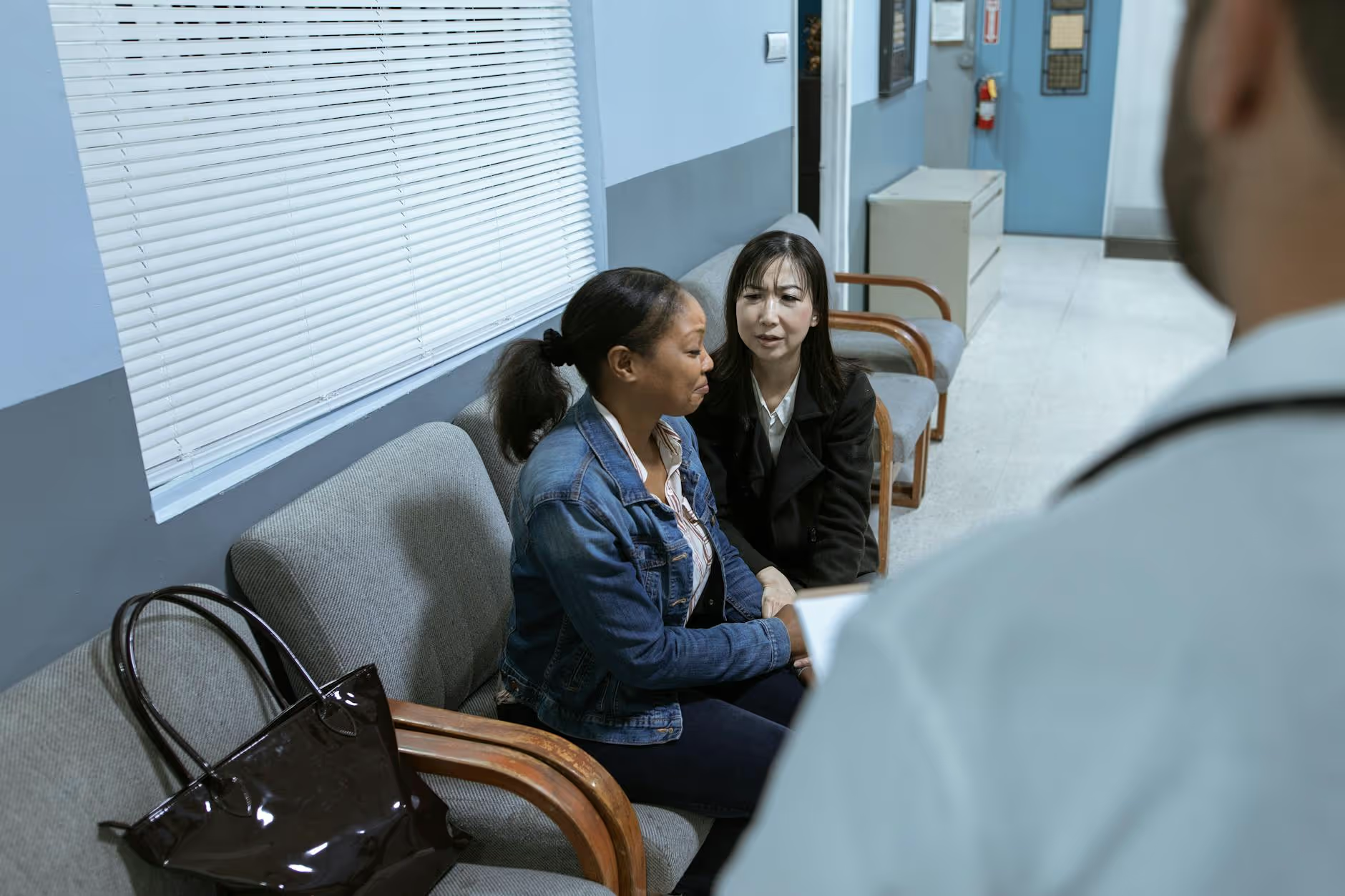The importance of follow-up care after hospital discharge
April 1, 2025
Ensuring Strong Post-Discharge Recovery: The Role of Follow-Up Care


The Crucial Connection Between Hospital and Home
Following a hospital stay, the period of recovery can be daunting, filled with new instructions and an emphasis on health management outside of a medical setting. This is where post-discharge follow-up care comes into play, serving as a bridge between in-hospital care and home recovery. Its benefits stretch beyond mere routine as it significantly affects patient outcomes, reduces healthcare costs, and enhances satisfaction.
The Significance of Follow-Up Care After Discharge

Why is follow-up important after discharge?
Follow-up after discharge plays a vital role in ensuring patients continue their recovery smoothly. It significantly reduces the likelihood of readmissions, particularly for patients with chronic conditions. In fact, studies indicate that patients who are contacted within 14 days of discharge can prevent up to 20% of readmissions, emphasizing the importance of timely follow-up care.
For patients with complex health issues, the transition from hospital to home presents challenges. Effective follow-up processes help address concerns about discharge orders, medications, and health management, which can significantly enhance recovery outcomes. Programs like those implemented in Kindred Hospitals focus on engaging patients in their care, addressing any worries they may have, and fostering improved adherence to treatment plans.
Furthermore, follow-up care is linked to higher patient satisfaction. Patients who experience proactive outreach through various tools, such as mobile health applications, demonstrate increased involvement in their recovery journey. This engagement not only supports adherence to care instructions but also contributes to a better rehabilitation experience overall.
Table: Benefits of Follow-Up Care Post-Discharge
| Aspect | Impact on Patients | Outcomes |
|---|---|---|
| Impact on Readmissions | Reduction in rehospitalization rates | Up to 20% fewer readmissions for chronic patients |
| Benefits for Chronic Conditions | Better management of complex health issues | Enhanced stability in patient health |
| Enhancing Patient Satisfaction | Increased engagement and reassurance | More positive recovery experiences |
In conclusion, structured follow-up care after discharge is essential in maximizing health outcomes, lowering healthcare costs, and ensuring patient satisfaction in their recovery process.
Understanding the Purpose of Follow-Up Check-Ups

What is the purpose of a follow-up check-up?
The purpose of a follow-up check-up is to monitor a patient's health after treatment, ensuring that any concerns are addressed proactively. This includes assessing whether conditions have improved, worsened, or recurred. Follow-up care is essential for early detection of issues that may develop after initial treatment.
During these check-ups, healthcare providers conduct regular assessments, which may involve physical exams, imaging tests, and laboratory evaluations. These steps help in evaluating the patient's overall health and identifying potential complications stemming from previous treatments.
Besides monitoring health status, follow-up appointments pave the way for creating personalized care plans tailored to each patient’s needs. The healthcare team works with the patient to outline a recommended schedule for future check-ups, which is particularly important based on individual circumstances—whether it be for chronic conditions, surgeries, or other medical interventions.
Ultimately, follow-up check-ups are crucial for maintaining patient well-being after any treatment, allowing for the mitigation of risks and fostering a supportive relationship between patients and their healthcare providers.
Defining Hospital Discharge Follow-Up and Its Impact
What is a hospital discharge follow-up?
A hospital discharge follow-up refers to a structured process that occurs after a patient has been released from a hospital to ensure their safe transition to home care. This follow-up, often conducted via phone calls, addresses any questions or misunderstandings the patient may have regarding their post-discharge instructions.
Facilitating safe transitions
The follow-up process specifically reviews the patient's health status and medication regimen. It enables caregivers or family members to voice concerns, ensuring all parties understand the post-discharge care plan. This communication is crucial for identifying discrepancies that may hinder recovery.
Addressing post-discharge issues
Timely follow-ups allow healthcare providers to monitor a patient’s recovery actively. For example, those who engage in follow-up appointments within the first week post-discharge show a significantly lower risk of readmission. Addressing medication changes, preventing complications, and ensuring adherence to treatments can substantially improve patient health outcomes.
Enhancing communication
Ultimately, the follow-up process enhances communication between healthcare providers and patients. Such interactions provide opportunities for patients to clarify instructions, engage in their care, and receive reassurance during a critical recovery period. This improved communication leads to a higher quality of care and better post-discharge experiences.
| Key Aspects | Impact on Recovery | Communication Enhancements |
|---|---|---|
| Safety checks on medications | Reduces side effects | Ensures clarity in instructions |
| Addressing patient concerns | Lessens anxiety | Fosters trust in healthcare providers |
| Coordinating specialist visits | Manages complex health issues | Enhances continuity of care |
| Emotional support | Encourages engagement | Provides resources for further help |
| Scheduling timely follow-ups | Lowers readmission rates | Increases adherence to care plans |
In summary, hospital discharge follow-up is not just a routine; it is an essential aspect of patient care that paves the way for successful recovery and smooth transitions back into the community.
Keys to Effective Post-Discharge Practices

What steps should patients follow after discharge from the hospital?
After discharge from the hospital, patients should take several critical steps to ensure a smooth transition back to their daily lives. Firstly, reviewing and following the discharge instructions provided by their healthcare team is essential. These instructions typically cover various aspects such as:
- Wound care management
- Activity restrictions and guidelines
- Dietary instructions
- Medication management procedures
Additionally, patients should receive a discharge summary that outlines their hospital stay, treatments administered, and follow-up care instructions, including any necessary documentation.
Transportation arrangements should also be prioritized. It's vital for patients to have a pre-planned mode of transport home to ease the transition. Before leaving the hospital, confirming that all medical paperwork is collected is important to ensure continuity of care.
Scheduling and attending follow-up appointments is another pivotal step. These appointments are vital for monitoring recovery progress and addressing any complications that may arise. It’s also beneficial for patients to maintain vigilance about their health; any changes in symptoms or concerns should prompt them to reach out to their healthcare provider for advice and support. This proactive approach in post-discharge care significantly enhances recovery outcomes.
Optimizing Patient Engagement in Follow-Up Care
How can patient engagement improve post-discharge care?
Patient engagement plays a pivotal role in enhancing post-discharge care. By ensuring that patients fully comprehend their discharge instructions, they are better equipped to adhere to treatment plans and participate in their healthcare decisions. This active involvement fosters a sense of empowerment, which is crucial for managing their health effectively.
Enhancing understanding of discharge instructions
Clear communication is vital for patient understanding. Using plain language and avoiding medical jargon can significantly improve how patients interpret their care instructions. Additionally, healthcare providers can utilize visual aids or written materials tailored to individual needs. This way, patients can be more confident in managing medications, recognizing symptoms, and identifying when to seek help.
Active participation in healthcare decisions
Engaged patients are more inclined to take charge of their health. They can voice their preferences during treatment discussions, leading to shared decision-making with providers. This collaboration can result in personalized care plans that align with patients’ lifestyles, which may enhance adherence to those plans and promote better health outcomes.
Role of communication
Effective communication fosters trust between patients and providers, ensuring that concerns are heard and addressed. Follow-up appointments offer opportunities for providers to clarify any confusion about treatment options or procedures, reinforcing the importance of patient input. Encouraging open dialogue can facilitate smoother transitions back to routine care and decrease the likelihood of complications or readmissions.
In conclusion, optimizing patient engagement through improved understanding, active participation, and robust communication is essential for successful follow-up care, ultimately leading to better health outcomes.
Strategies for Minimizing Readmissions Through Follow-Up Care

Importance of Scheduling
Scheduling follow-up appointments before discharge plays a crucial role in reducing readmissions. Research shows that patients who schedule these visits at the time of discharge are more likely to attend, significantly lowering their risk of 30-day readmissions. High-risk patients should aim for follow-up care within 48-72 hours, while moderate-risk patients benefit from appointments within a week.
Transitional Care Model
The Transitional Care Model focuses on comprehensive discharge planning and follow-up, demonstrating substantial success in lowering readmission rates. By ensuring patients receive appropriate care and follow-up after leaving the hospital, the model enhances recovery and continuity of care, thus improving overall patient outcomes.
Re-Engineered Discharge (RED) Model
The RED model serves as another effective strategy, showing a 25% reduction in 30-day readmissions. By structuring the discharge process, this model promotes better communication, clarifies discharge instructions, and ensures all aspects of a patient’s care plan are adequately addressed, ultimately fostering smoother transitions back to the home environment.
| Strategy | Description | Impact |
|---|---|---|
| Importance of Scheduling | Setting appointments before discharge | Reduced readmission risk |
| Transitional Care Model | Comprehensive follow-up planning | Improved patient outcomes |
| Re-Engineered Discharge (RED) | Structured discharge process | 25% reduction in readmissions |
Challenges and Innovations in Follow-Up Care
Barriers like health literacy and transportation
Follow-up care after hospital discharge is vital, yet many patients face barriers that hinder their ability to attend appointments. Low health literacy can prevent patients from understanding discharge instructions, leading to non-adherence and poorer health outcomes. Additionally, transportation issues can complicate access to follow-up appointments, especially for seniors or those in remote areas.
Role of telehealth and mHealth applications
To address these challenges, healthcare systems are increasingly turning to innovative solutions. Telehealth services allow patients to attend follow-up appointments from home, making it more convenient. Mobile health (mHealth) applications can further streamline this process, reducing the need for in-person visits while enhancing patient engagement and satisfaction. These technologies can bridge the gap created by transportation barriers and improve adherence rates significantly.
Coordination among providers
Effective coordination among healthcare providers is another essential component of successful follow-up care. Documentation and clear communication between hospital staff and primary care providers ensure that critical patient information is shared. This collaboration is key in creating a unified care plan that meets patients’ needs and reduces the likelihood of complications or readmissions.
The Long-Term Benefits of Post-Discharge Follow-Up

Improved Patient Outcomes
Post-discharge follow-up appointments are essential for evaluating a patient’s recovery and preventing readmissions. Studies show that timely follow-up visits, particularly within one week of discharge, substantially lower the risk of readmission. For instance, patients who attended their follow-up appointments experienced a significant reduction in readmission rates—43% for medical patients and 42% for surgical patients—highlighting the direct correlation between follow-up attendance and patient recovery outcomes.
Reduced Healthcare Costs
Investing in post-discharge follow-up services can lead to substantial cost savings in the healthcare system. These appointments not only decrease the likelihood of rehospitalizations but also reduce complications that could arise from poorly managed care. Case studies have shown that centralized follow-up processes result in lowered readmission rates, ultimately decreasing overall healthcare expenditures.
Supporting Continuity of Care
Continuity of care is crucial for managing patients’ health, especially those with chronic conditions. Regular follow-up visits allow healthcare providers to adjust treatment plans, reconcile medications, and address any emerging issues, thus ensuring that patients receive coordinated and personalized care. This ongoing relationship fosters compliance with treatment plans, which is vital for maintaining health and preventing future complications.
Strengthening The Post-Discharge Care Framework
As healthcare continues to evolve, the importance of robust follow-up protocols post-hospital discharge cannot be overstated. These protocols not only ensure patient recovery and well-being but also significantly reduce the risk of readmissions. Through strategic post-discharge plans that incorporate patient engagement, timely follow-ups, and seamless communication, both patients and healthcare providers can achieve optimal health outcomes and satisfaction. The evidence supporting these practices is compelling, suggesting that ongoing innovations and investments in follow-up care are essential for sustainable healthcare models and improved patient lives.
References
- Examination of Post-discharge Follow-up Appointment Status and ...
- The Importance of Post-Discharge Follow-Up in Patient Outcomes
- The Patient Experience: The Importance of Post-Discharge Follow Up
- Continuity of Care and Patient Outcomes After Hospital Discharge
- Hospital Follow-Up - Companion Benefit Alternatives
- The importance of follow-up visits after getting discharged from the ...
- Improve Patient's Post-Discharge Follow-up Care - agilon health




































































.jpeg)










































































































































































































.avif)























































.jpeg)

































































.jpeg)














.jpg)









































.jpeg)









































































.avif)




.avif)

















































.avif)








































































































































































